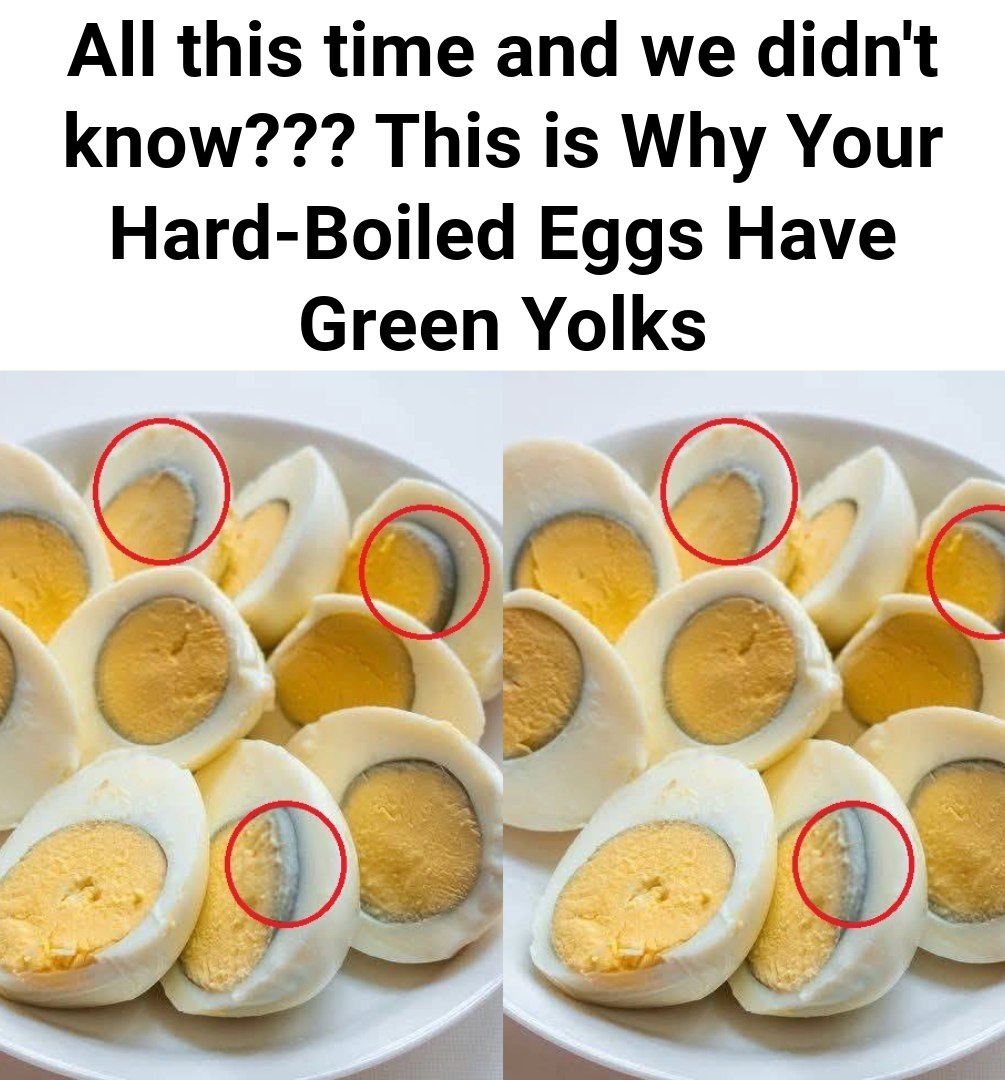Have you ever peeled a hard-boiled egg only to discover the yolk has turned an odd greenish color? Don’t worry—you’re not the only one puzzled by this unexpected breakfast twist. The truth is, there’s a totally logical explanation for this phenomenon, and it doesn’t mean your eggs are bad or unsafe.

In fact, the green tint in your yolk is simply the result of a little kitchen science at work. Let’s break it all down, figure out why it happens, and talk about how you can prevent it so your eggs look as good as they taste. So, what’s up with the green yolks? It all comes down to how the eggs are cooked. When eggs are boiled for too long or at too high of a temperature, the proteins and minerals inside the egg start to react with each other in interesting ways. Specifically, the sulfur in the egg white interacts with the iron in the yolk when exposed to high heat.
This chemical reaction forms a compound called ferrous sulfide, which is what gives the yolk that greenish-gray ring. It might not look appetizing, but it’s completely harmless. That’s right—green egg yolks might look a bit strange, but they’re totally safe to eat. They don’t taste weird, and they’re not a sign that the egg has gone bad or is unsafe. In fact, you might have even eaten one before without noticing, especially if it was chopped up in an egg salad or deviled eggs. Still, if you’re aiming for eggs that look like they belong in a food magazine, there are a few simple tips you can follow to keep your yolks sunny and golden. First off, timing is key.
When boiling eggs, don’t just let them sit in aggressively bubbling water. Instead, bring your water to a boil, then lower the heat and let the eggs simmer gently. Overcooking is the main reason yolks turn green, so keeping your cooking time in check makes all the difference. For a perfectly hard-boiled egg, simmering for around 9 to 12 minutes should do the trick. As soon as the eggs are done cooking, transfer them straight into an ice bath. This sudden chill stops the cooking process immediately and helps prevent the yolks from turning green due to residual heat. This also makes peeling the eggs easier, so it’s a win-win.
Another helpful tip is to avoid high cooking temperatures altogether—gentle heat is your friend here. So now you’re probably wondering what a hard-boiled yolk should actually look like. Ideally, you want a vibrant, sunny yellow color with a creamy texture—not dry, crumbly, or tinged with green. This color signals that the egg is perfectly cooked, both in terms of texture and taste. But let’s say you’ve already ended up with green-yolked eggs. What should you do? Don’t toss them out! Just get creative with how you use them. One fun idea is to make a quirky version of avocado toast. Just mash up your green-yolked eggs and spread them on some hearty toast along with a generous layer of avocado. The green of the avocado helps camouflage the green in the yolks, and the combo still tastes fantastic. You could also mix them into egg salad, potato salad, or even chop them up for a sandwich filling. No one will notice the color, and you won’t waste a perfectly good egg. So there you have it—the green yolk mystery is officially solved. While these colorful surprises might not be Instagram-worthy, they’re no cause for concern. It all comes down to heat and timing, and now that you’re in the know, you can avoid green yolks like a pro. And if they still happen from time to time? Just embrace it and turn them into something fun and tasty. Cooking is all about experimenting and learning, after all. Next time you’re in the kitchen boiling eggs, remember these tips, and you’ll be well on your way to yolk perfection.





